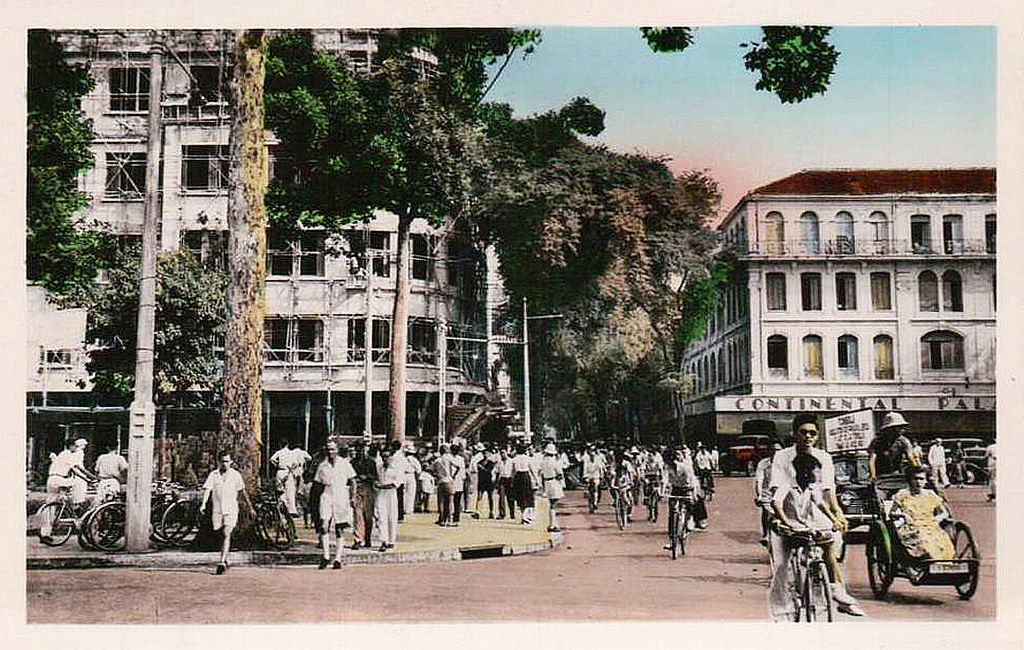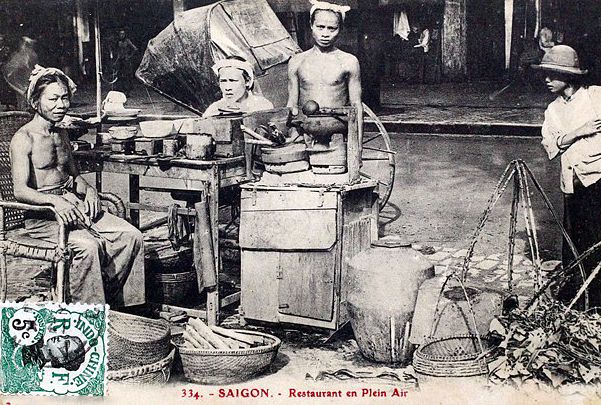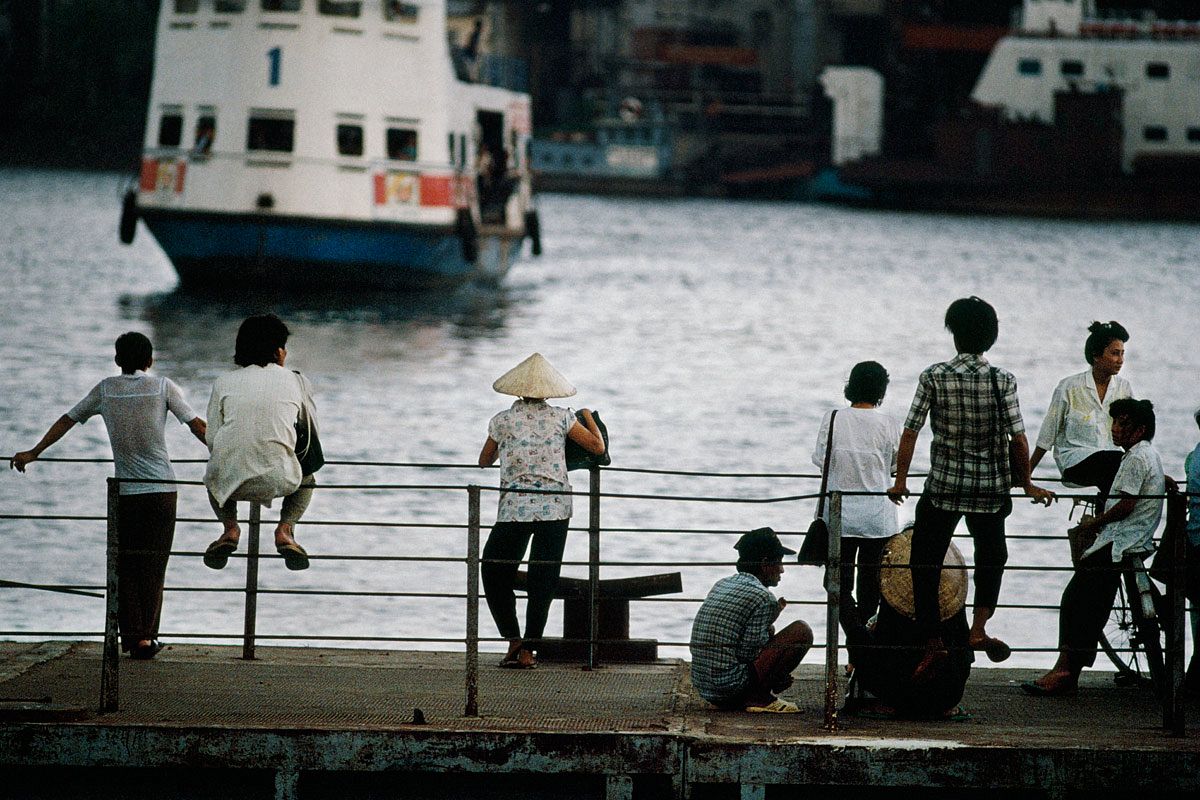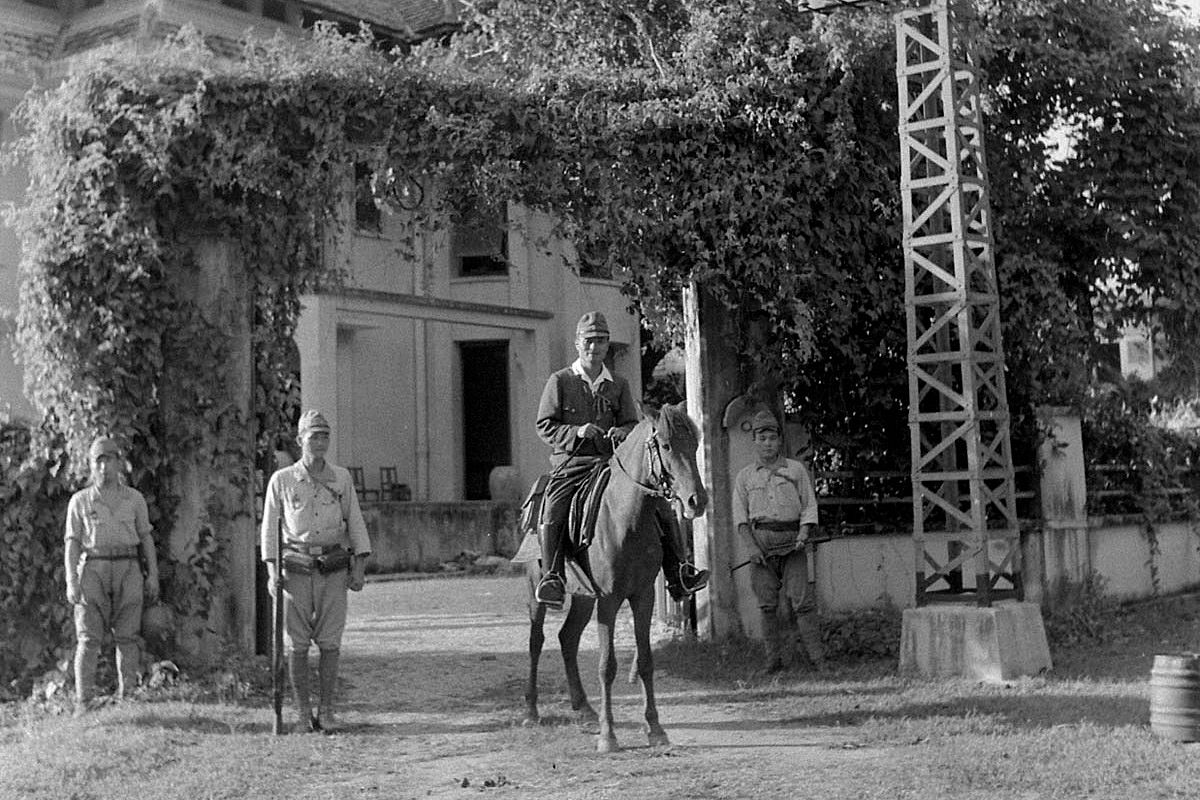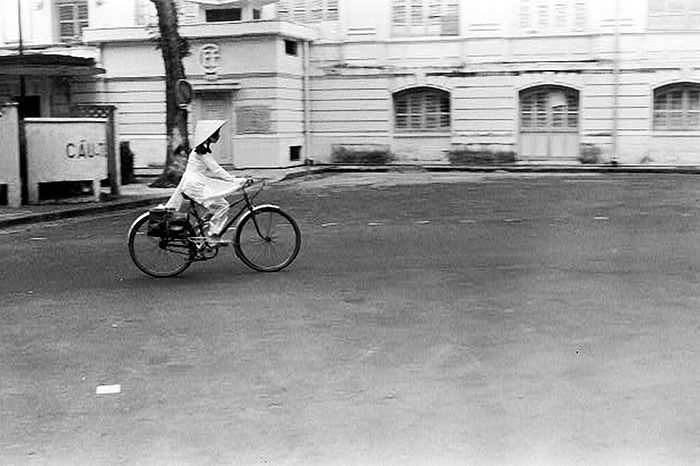Northern Vietnam's Bach Dang River may be overshadowed by the buzzing tourist attractions of Ha Long Bay, however this historic river has played an instrumental role in Vietnamese history for centuries.
In the old days, Bach Dang was the preferred point of attack for Chinese military, not to mention the main point of inland entry for ships traveling to the capital of what was then a Chinese colony known as Giao Chau. However, thanks to military leader Ngo Quyen, this was also the site of more than one Vietnamese victory over foreign invaders.

Ngo Quyen's battle on the Bach Dang River. Painting via Wikimedia Commons.
Born in the late 890s – though no one's exactly sure of his birth year, it's estimated between 897 and 899 – Ngo Quyen came from a noble family and grew up under Chinese colonial rule. As an adult, he served as a prefect of Giao Chau, the name given to northern Vietnam during this time. However when Duong Dinh Nghe, a general under the Chinese leadership, decided to overthrow the colonial power, Ngo Quyen joined his efforts and succeeded in ousting the Chinese in 931.
As a result of their victory, Duong Dinh Nghe came to power and gave his daughter's hand in marriage to Ngo Quyen as a reward. Unfortunately, the leader's reign was short-lived, as he was betrayed in 937 by his own general, Kieu Cong Tien, and murdered.
To avenge his father-in-law's death, Ngo Quyen stepped into the spotlight, gathering an army to go after Kieu Cong Tien. Ngo Quyen successfully avenged Duong Dinh Nghe's murder, but it wasn't until the following year that Ngo Quyen's legacy was truly solidified.
In 938, with the leadership of Vietnam in limbo, Chinese forces were keen to work their way back into Giao Chau. Equally keen to stop them, Ngo Quyen led his army to the mouth of the Bach Dang River, which then served as the main waterway between Ha Long Bay and the inland capital. Over the course of a month, Ngo Quyen and his men set about cutting down trees from which they carved long, wooden stakes and placed the pointed lances in the river. As the tide rose, these weapons disappeared beneath the water's surface.
Not long after, the Chinese arrived with bigger boats and more men. Ngo Quyen's forces fought their enemies, coaxing them further and further into the river before low tide set in. when the water level dropped, the Chinese ships ran aground, crashing into the pointed stakes and securing victory for Vietnamese forces.
Video via YouTube user TechInfo7.
While Ngo Quyen was the first to use this military tactic to defeat the Chinese, Tran Hung Dao – who, in 1288, did exactly the same thing in exactly the same place – tends to get all the credit for this maneuver. The later leader now enjoys a deified status in temples across the country, however Ngo Quyen's original wooden stake tactic in 938 marked the beginning of Vietnam as an autonomous kingdom.
Following the victory, Ngo Quyen set up a capital at Co Loa on the Red River. The leader struggled to maintain centralized control over the area's feudal lords, however he managed to hang on to the throne until 944, and succeeded jointly by his two sons, the Ngo dynasty lasted another decade. Though he is less remembered than Tran Hung Dao, Ngo Quyen's victory marked a turning point for Vietnam: despite numerous attempts at invasion, Vietnam remained an autonomous kingdom until the French showed up in the 19th century.
Today, Ngo Quyen is remembered on street signs across the country, including a District 5 road which runs from the riverside Vo Van Kiet north to 3 Thang 2, crossing over Tran Hung Dao's namesake street along the way.

Photo by Brandon Coleman.

[Top photo via Wikimedia Commons]



